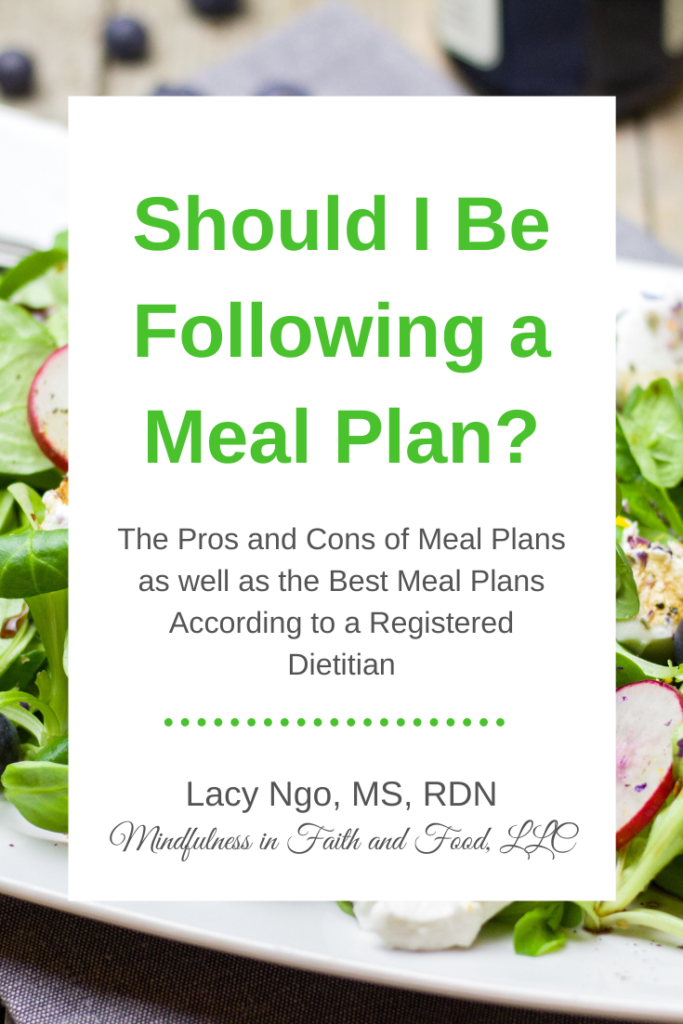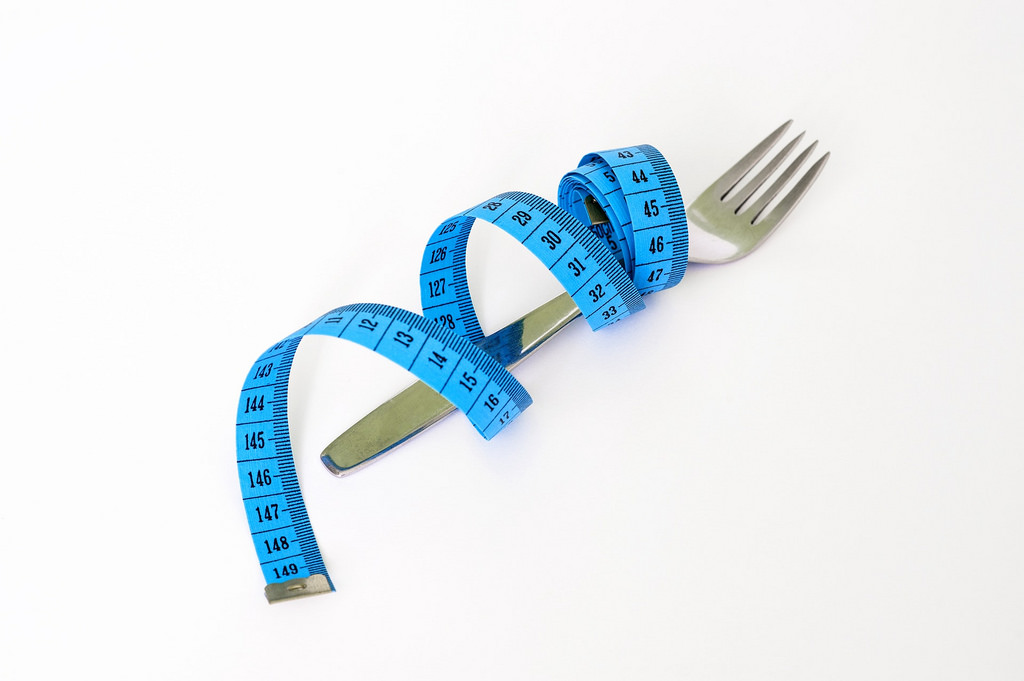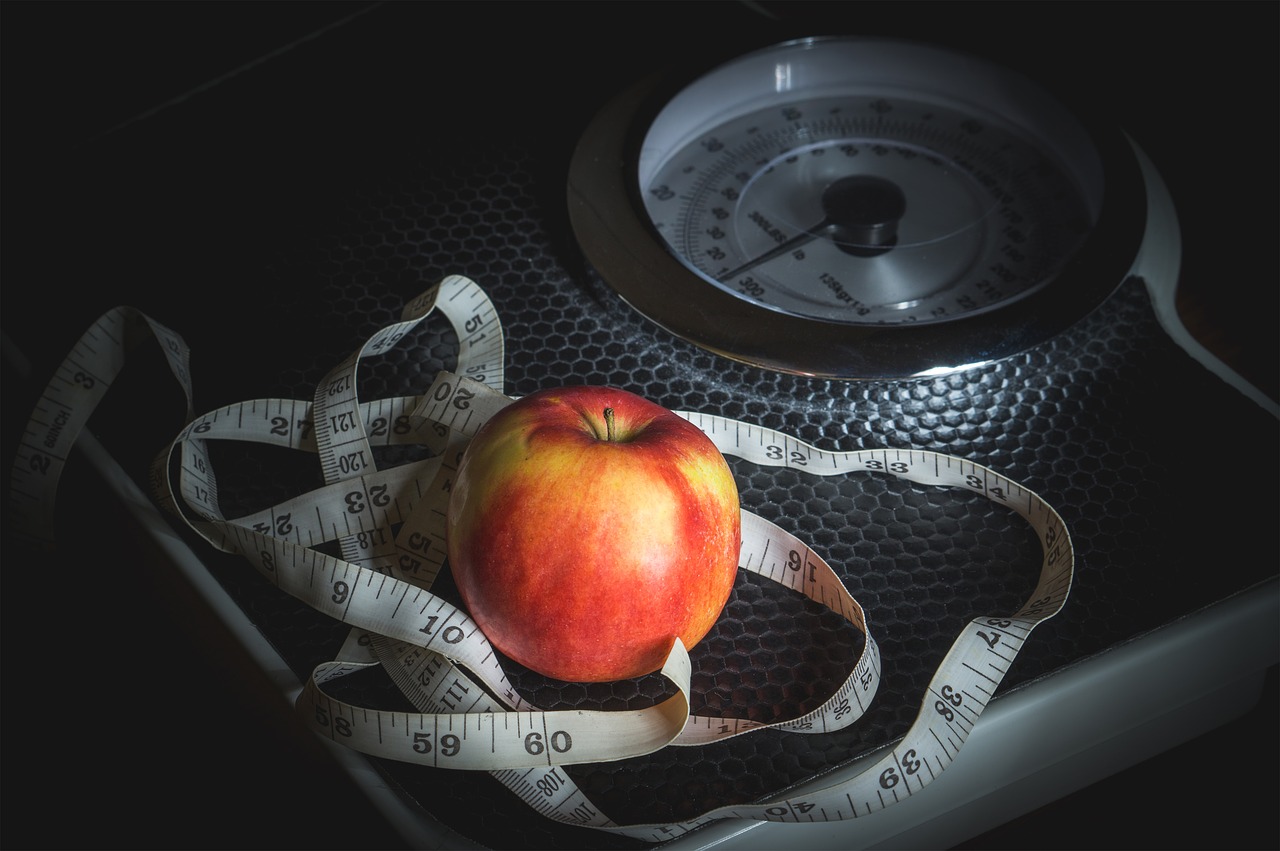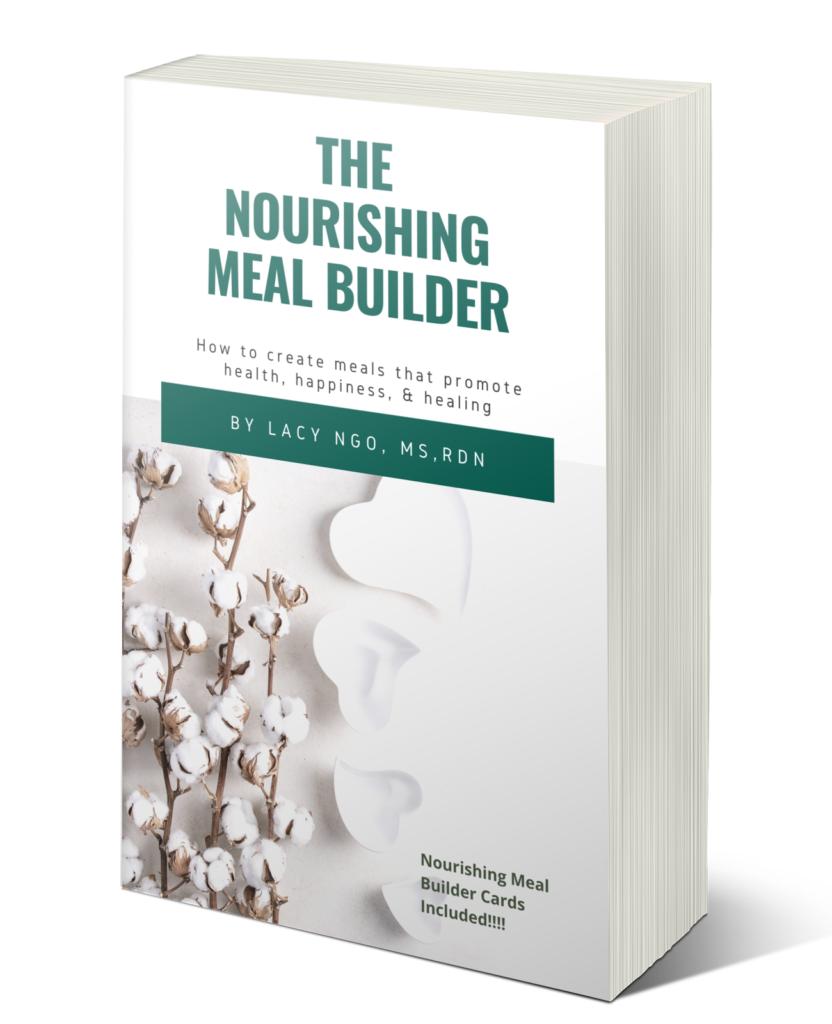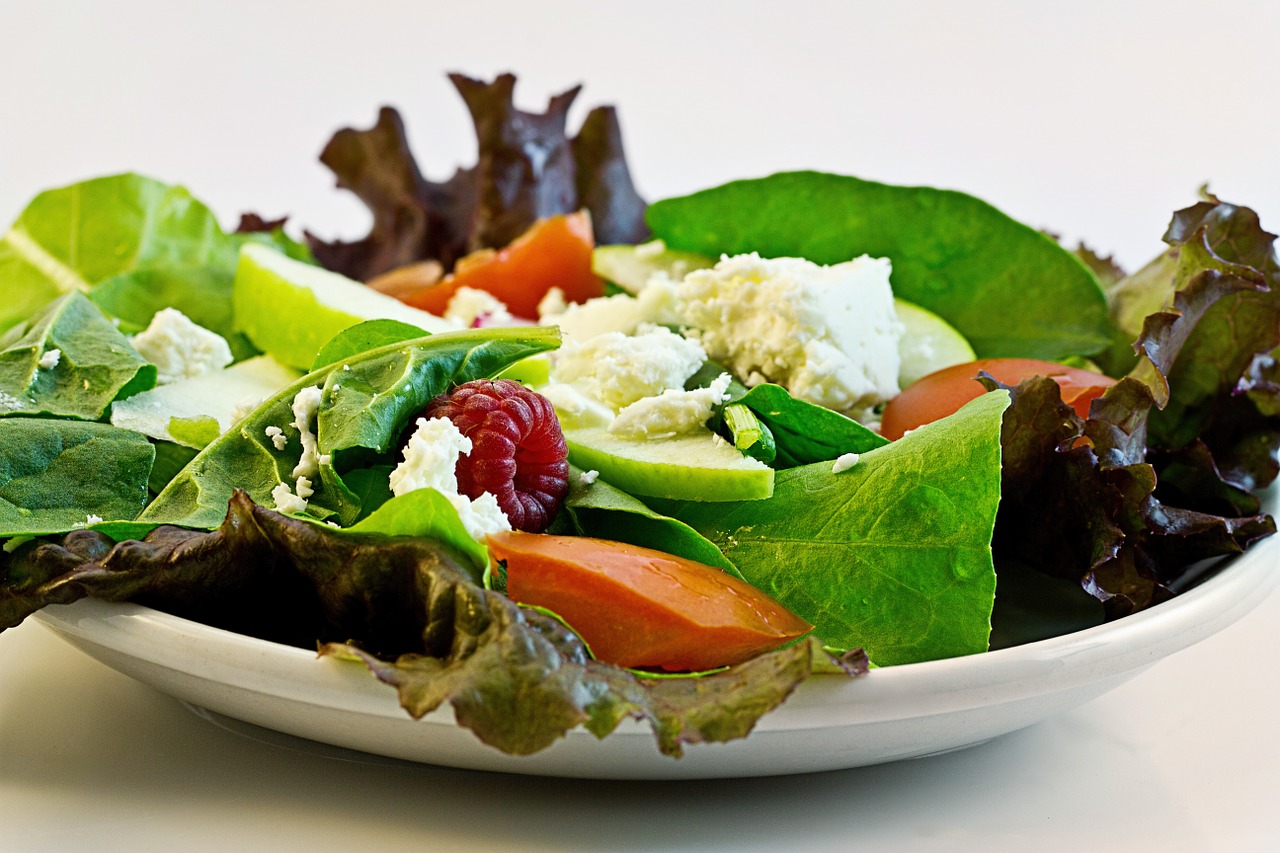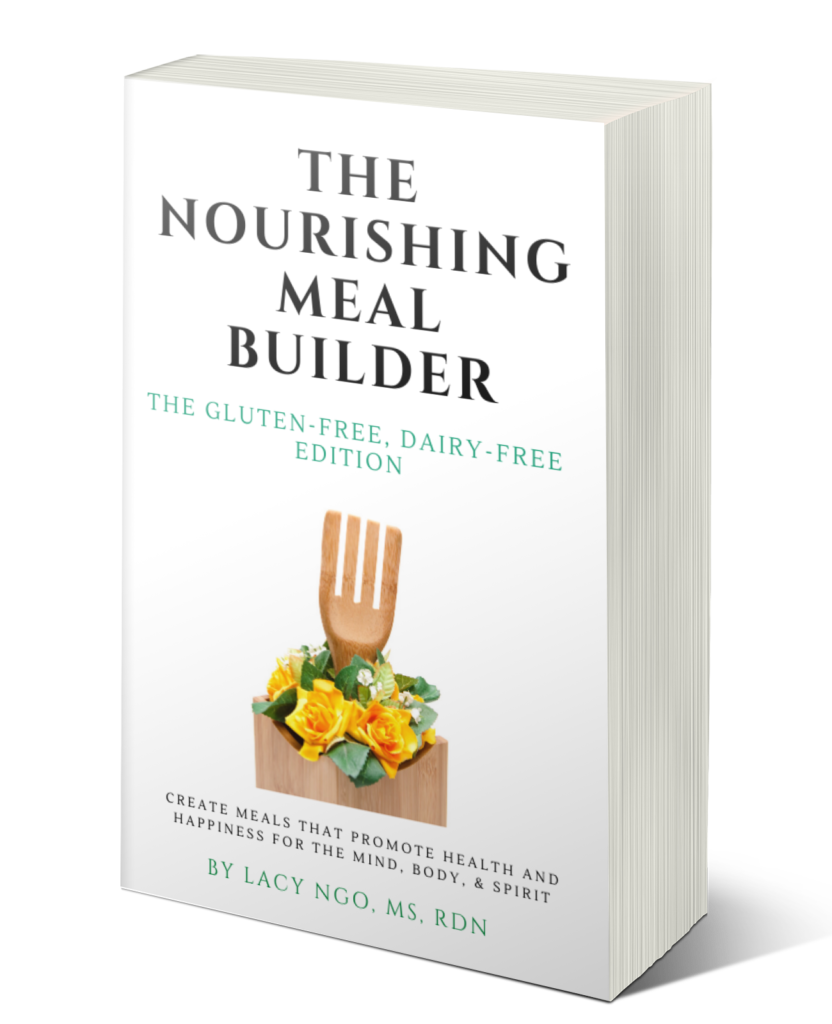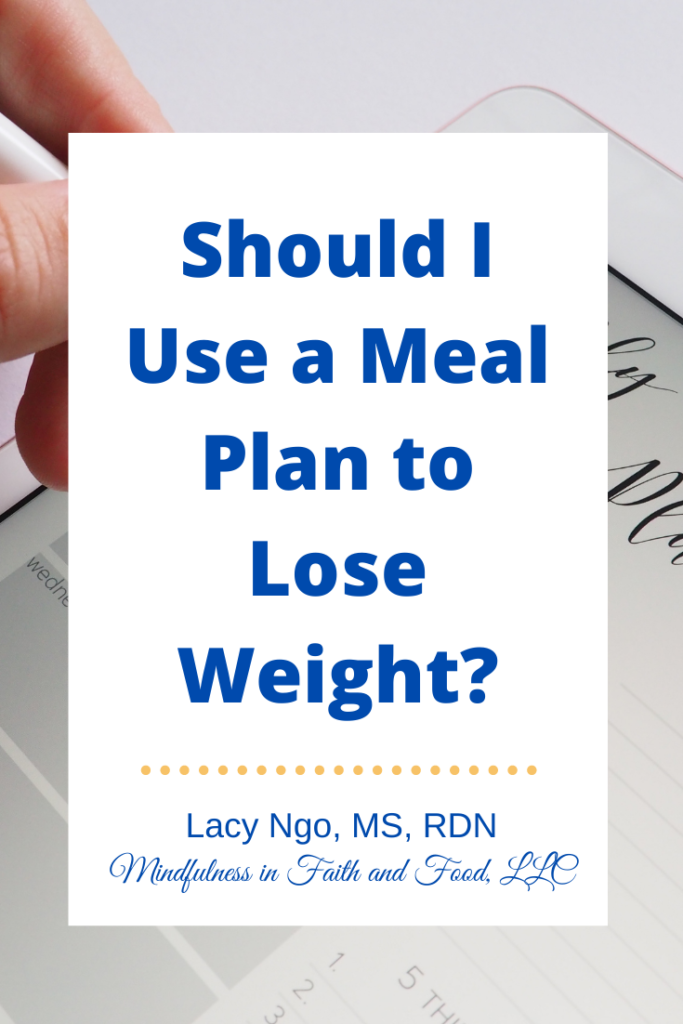I have made a simple, easy Meal Plan Checklist! You can use the checklist to make sure you are getting all the amazing nutrients into your daily life! And you can print and start using the Meal Plan Checklist now! It’s completely free! You can get this FREE Meal Plan Checklist here! You can read more about your free printable below.
The Meal Plan Checklist
What nutrients and foods should be included in most of my daily and weekly meals? And which foods do what? How much omega-3 foods should I be eating each week? How about berries? Is there some sort of Meal Plan Checklist available?
Lacy Ngo, MS, RDN is the owner of Mindfulness in Faith and Food, LLC and author of Faith, Mindfulness, & Nutrition, The Nourishing Meal Builder and The Nourishing Meal Builder: the Gluten-Free, Dairy-Free Edition.
This site contains affiliate links (See full disclosure here.)
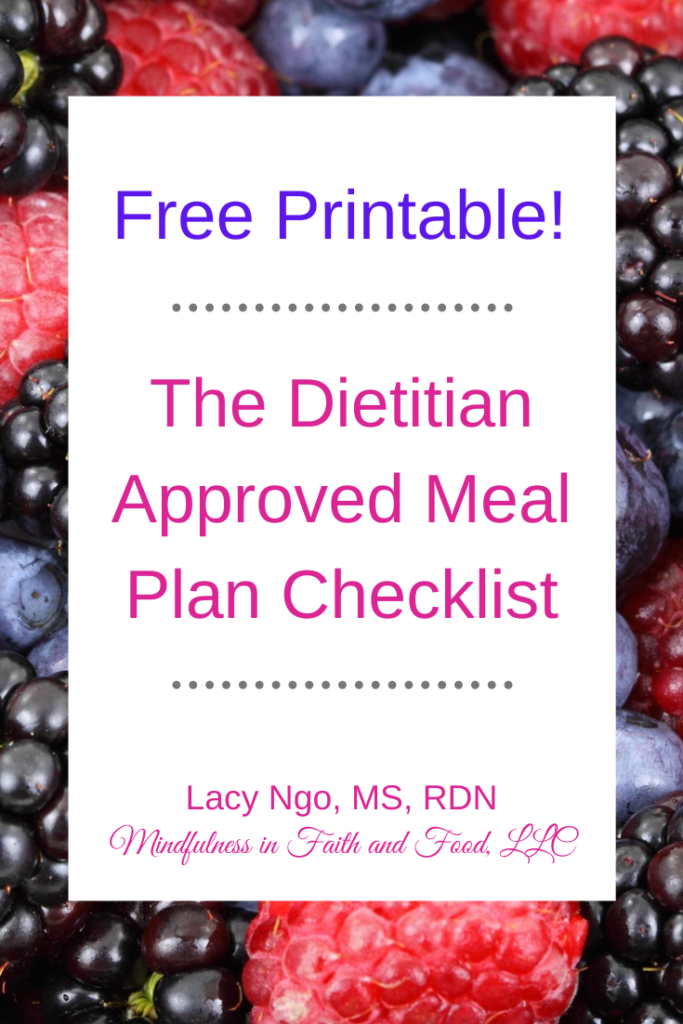
Use the Free Meal Plan Checklist to determine if you are eating foods that help support mood, immunity, inflammation, cognitive function, gut health and reduce the risk of chronic (ex: heart disease), autoimmune (ex: rheumatoid arthritis), and neurodegenerative (ex: Alzheimer’s)
Here are a few more questions you may be pondering:
- What foods are anti-inflammatory?
- Are there foods that boost the immune system?
- What foods help with mood, depression, anxiety, and brain function?
- Can certain foods boost memory and reduce the risk of Alzheimer’s and dementia?
- What foods reduce the risk of heart disease, cancer, stroke and diabetes?
- What foods help with bloating, stomach distention, constipation, GERD, cramps, diarrhea, or other stomach problems?
- Can certain foods reduce joint pain, arthritis pain, headaches, and migraines?
- Are their foods that can help with autoimmune or neurodegenerative diseases?
The answer is yes…
Certain foods can help alleviate symptoms and/or GREATLY reduce your risk of developing MANY conditions like:
Diabetes, Inflammation, Rheumatoid Arthritis, Fibromyalgia, Distention, Bloating, IBS, Leaky Gut, Heartburn, Migraines, Diarrhea, Constipation, Stomach Pain and Cramps, Fatigue/Decrease Energy Levels, Headaches, GERD, Gas, Frequent Colds and Illnesses, Autoimmune diseases, mucus drainage and phlegm, Allergies, Memory problems, Joint Pain, Hormone imbalance, mood disorders like depression, anxiety, and stress, Acne, Insomnia, Inability to lose weight, IBD, Small Intestine Bacteria Overgrowth, Crohn’s Disease, Lupus, Ulteracitive Colitis, Celiac Disease, Diabetes, Parkinson’s, Heart Disease, Cancer, Alzheimer’s and Stroke
Backed by Research
While the link between many of these foods and diseases are backed by a multitude of studies, some food-disease links are still in the first stages of research. Whether backed by extensive research or just in the preliminary stages, the foods on thus dietitian’s meal plan checklist are healthy for your body so it’s a good idea to be mindful about incorporating them into our diets.
More Questions
Now you might be saying, “Yes, that is interesting, Lacy, but can I find this list of foods I should be eating all in one spot? And is there an easy stress-free way to make sure I’m getting all these crucial foods into my daily diet?
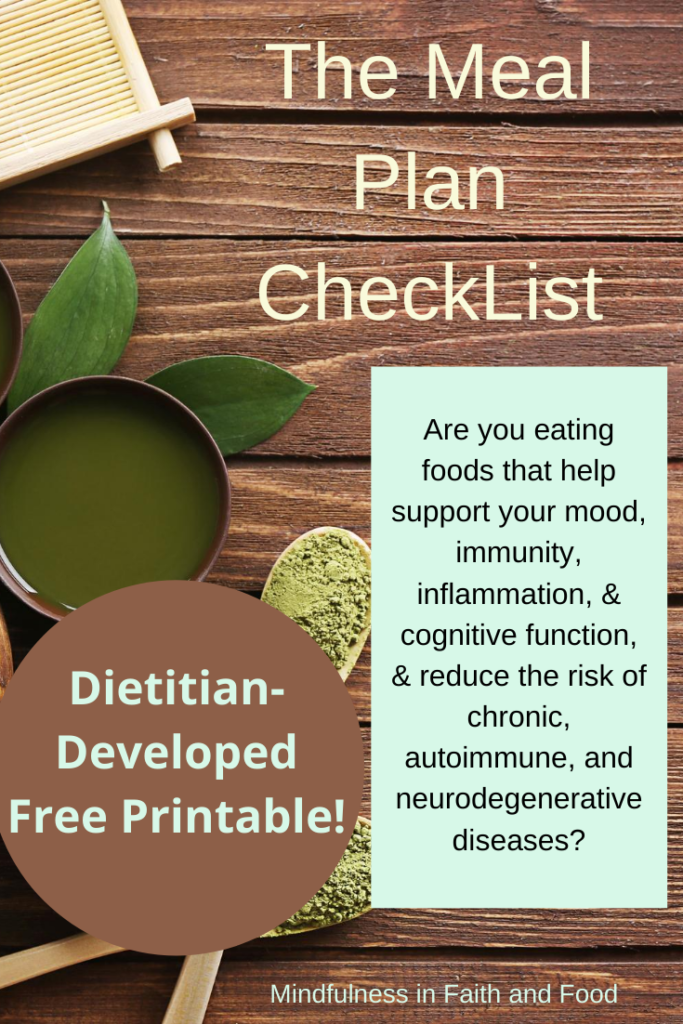
Use the Free Meal Plan Checklist Printable to determine if you are eating foods that help support your mood, immunity, inflammation, cognitive function, gut health and reduce the risk of chronic (ex: heart disease), autoimmune (ex: rheumatoid arthritis), and neurodegenerative (ex: Alzheimer’s)
You may have guessed the answer to those questions as well. Yes, you can!
I am an organizer; so I decided I to make a sort of checklist. I knew I wanted to make a list of foods that could help improve my mood, immunity, and inflammation. But I wanted more. The checklist should also include a list of nutrients and foods that can reduce the risk or Dementia, Alzheimer’s, Cancer, and stomach problems like cramps, stomach distention, and diarrhea too. I also wanted to include nutrients and foods that can help reduce the risk of strokes, heart disease, and even autoimmune diseases. In other words, I want a COMPLETE list all in one place. You can find this nutrient list as well as the list of foods that have these nutrients in The Nourishing Meal Builder ebook. But if you want something for FREE that can help you get started, you can use the Meal Plan Checklist!
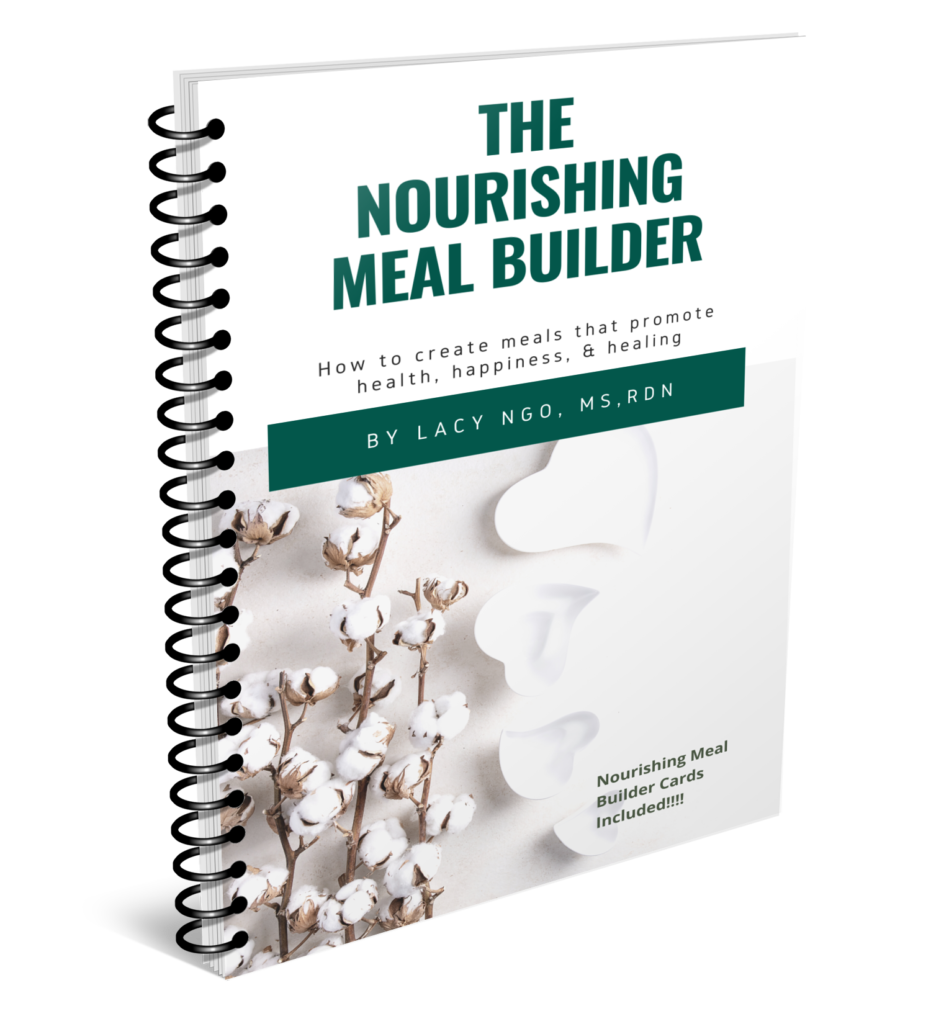
Related Post
Nutrients to Incorporate to Reduce the Risk or Alleviate Symptoms of Chronic Disease and Conditions
Is it Healthy: A Label Reading Checklist
Books about Specific Medical Conditions Written by Registered Dietitians
Copyright © 2018 Mindfulness in Faith and Food.
You are free to retain any and all content here for personal use, but need permission to use it anywhere else on the internet.
This site is hosted by Bluehost.

